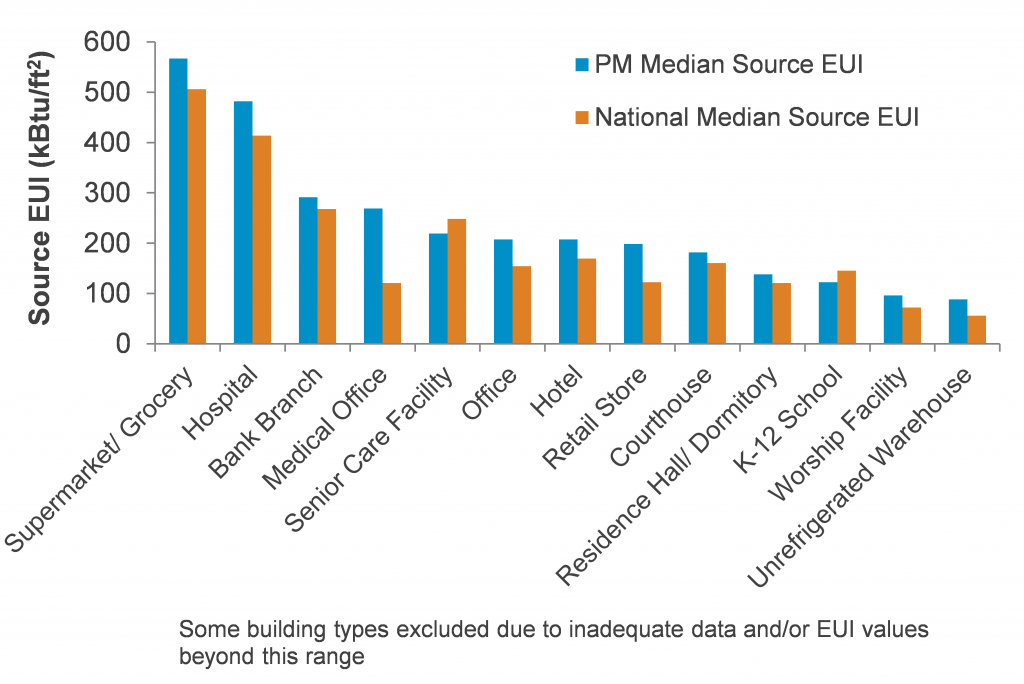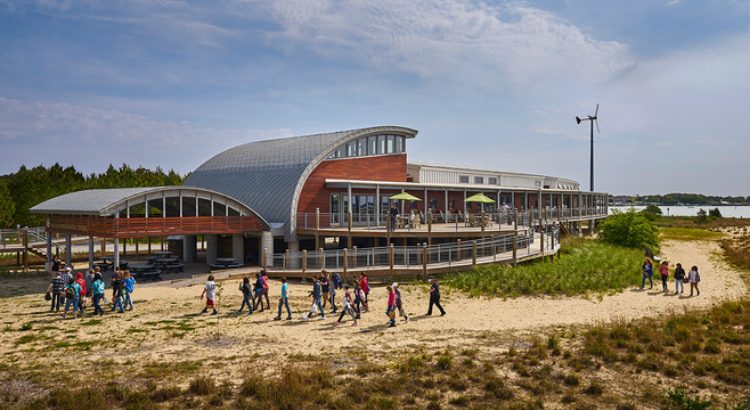Over the past decade, Energy Use Intensity has become the standard metric for measuring a building’s overall energy efficiency. A building’s EUI allows an apples-to-apples comparison to the EUIs of other buildings in its class. Project teams use EUI modeling to help them make choices between various energy-efficiency measures. Certification programs use EUIs to evaluate energy performance.
 A simple formula calculates EUI: Divide energy consumed over the course of a year (expressed as 1,000 British thermal units or gigajoules) by the building’s floor area. One tricky step involves converting different energy sources into BTUs or GJs. For example, it takeui roadmap updatedes 100,000 British thermal units to create a therm, while every kilowatt-hour of electricity must be multiplied by 3,412 to create a BTU equivalent.
A simple formula calculates EUI: Divide energy consumed over the course of a year (expressed as 1,000 British thermal units or gigajoules) by the building’s floor area. One tricky step involves converting different energy sources into BTUs or GJs. For example, it takeui roadmap updatedes 100,000 British thermal units to create a therm, while every kilowatt-hour of electricity must be multiplied by 3,412 to create a BTU equivalent.
Site EUI vs. Source EUI: The lower the EUI, the more efficient the building. But there’s a difference between “site EUI” (based on energy used onsite) and “source EUI” (which includes energy used to produce and transmit the any energy that comes from offsite). The EPA recommends using Source EUI, but it can be difficult to determine the Source EUI for particular buildings.
Different building classes tend to demand different levels of energy intensity: Supermarkets and hospitals typically use many times the energy that warehouses and churches do. An EUI of 100 for an elementary school would be fairly high, for example, while 300 EUI in a hospital would be exceptional. The graph below is based on benchmarking data collected from more than 100,000 buildings that have participated in Energy Star’s Portfolio Manager program.

Climate, design and operations play a role in EUI performance for any building: Climates that undergo intense cold, intense heat, high humidity, or extremes between seasons can add challenges to designing low EUI buildings. Passive-solar siting and features can reduce the demand for heating and cooling energy, just as natural sunlight can reduce lighting costs. So can high efficiency HVAC systems (such as ground-source heat pumps), LED lighting, and other mechanical decisions. Operational factors — ranging from maintenance to plug loads to programs — can play an enormous role.
Renewable energy and net zero performance: Onsite solar and other renewables don’t factor into a building’s EUI. But a low EUI can put a building with renewables within reach of net zero energy performance. Onsite renewables tend to deliver their BTUs more efficiently than off-site energy sources because they don’t expend as much energy in the transport or transmission process. Image at top of page: The Brock Environmental Center in Virginia Beach, Va., was projected at a 15.5 EUI, but performed in its first full year of measurement at 14.12 EUI. Image Courtesy: Prakash Patel/SmithGroup JJR.
RESOURCES
- Although somewhat dated, this article in High Performing Building magazine is thorough description of the use of EUIs.
- Properties can use Energy Star’s Portfolio Manager to benchmark EUI and improve energy performance.
- This tool can be used to measure your building’s EUI.



Your EUI web page contains the following statement “For example, it takes 10,000 therms of natural gas to produce a BTU,” . I believe a therm is equal to 100,000 BTU.
Thank you for bringing this error to our attention. The correction has been made.